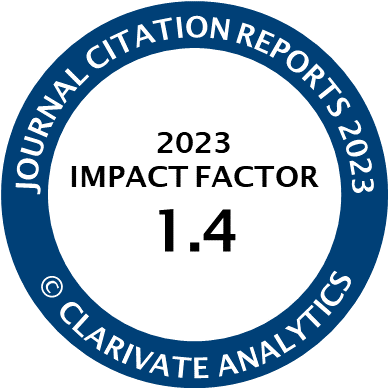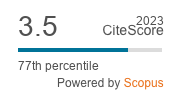Article | Open Access
Inclusive Higher Education Access for Underrepresented Groups: It Matters, But How Can Universities Measure It?
| Views: | 4700 | | | Downloads: | 3350 |
Abstract: Measuring access to higher education for underrepresented groups is a relevant yet challenging task. The article shows that while social inclusion is recognised as a priority, policymakers, academics, and institutional leaders struggle to define, operationalise, and measure it. This makes answering the question of what constitutes a socially inclusive higher education institution quite difficult. While the answer to this question may be context‐specific, there is a clear need for a set of commonly defined indicators that allow higher education institutions to measure their progress throughout time and in relation to others. The article synthesises insights from policy, practise, and scientific research to identify which indicators are the most promising for assessing the access of under‐representative students to higher education. By discussing indicator relevance, validity and feasibility, the article contributes to the quest for internationally comparable social inclusion indicators of underrepresented student groups.
Keywords: access; higher education; indicators; rankings; social inclusion; underrepresented students; university
Published:
© Anete Veidemane, Frans Kaiser, Daniela Craciun. This is an open access article distributed under the terms of the Creative Commons Attribution 4.0 license (http://creativecommons.org/licenses/by/4.0), which permits any use, distribution, and reproduction of the work without further permission provided the original author(s) and source are credited.




